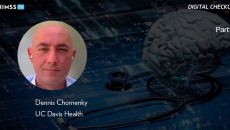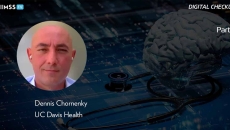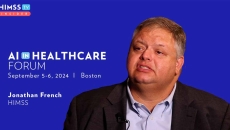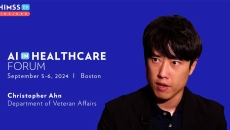Workforce
More than 90% of messages can be handled by virtual nurses, which eases workforce shortages and burnout, says Anurag Mehta, CEO of Omega Healthcare.
Burnout was also heavily associated with medication errors, patient safety incidents and other adverse events.
UC Davis Health has adopted technology in a partnership to prioritize stroke cases and share information across academic medical centers. This led to efficiencies and better patient outcomes, says chief AI advisor Dennis Chornenky.
It's important for chief AI officers to have a strong sense of the regulatory environment and the skills to align AI investments to the company's business strategy, says Dennis Chornenky, UC Davis Health's AI chief.
Hurricane Helene resulted in a $7M loss of revenue and response effort expenses.
The layoffs come on the heels of an earnings call in which the company said it was exploring options after a star ratings hit.
Stanford Health Care uses AI-generated replies to in-basket messages and has an ambient AI scribe to reduce clinician burden, but does not use AI for clinical decision support, says medical informatics director Dr. Shreya Shah.
A premarket piece for developer adherence gives providers peace of mind about the safety of the products they're using and a post market component calls for a feedback loop for end users and developers, says Jonathan French, senior director of public policy at HIMSS.
Christopher Ahn, biomedical engineer supervisor at the U.S. Department of Veteran Affairs in Dayton, Ohio, developed a chatbot called the Healthcare Technology Large language Model that allows clinicians to query the chatbot rather than carrying around service manuals or scrolling through a pdf, Ahn says.
The awards, HRSA says, will expand the number of nurses and primary care physicians while increasing behavioral health support.









